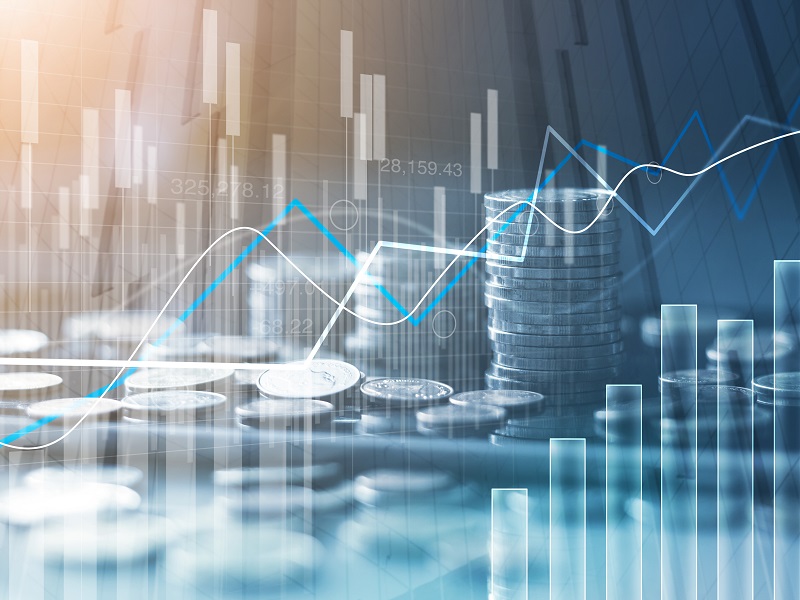

Populism. Brexit. Protectionism. The continual barrage of political risk headlines is overloading many investors, preventing them from seeing the forest from the trees, notes Philip Chandler, a multi-asset portfolio manager at Schroders.
“If you think of moves in markets over the last six months, it started before the [U.S.] election,” he notes. “It’s not all about U.S. reflation. There was a positive inventory cycle in the manufacturing sector around the world and it was this that started the move up in markets. This is not all about politics, and if we just focus purely on those political headlines then we risk missing the bigger picture,” Chandler says.
That’s also true with globalization. Worries about a slowdown in the growth of trade are misplaced, says Robert Horrocks, chief investment officer and portfolio manager with Matthews Asia.
“Now it’s true that trade is no longer growing more quickly than GDP, but the reasons for that are quite clear,” he argues. “What was a big boost to trade was the lowering of transportation costs, largely to do with container shipping, coupled with a vast improvement in infrastructure, notably China, which made moving goods around a lot easier and a lot cheaper. Well, those were one-off effects and now that they’re gone, trade is going to grow much more slowly,” says Horrocks.
Despite the risks, there are ways of pushing through, argues Kurt Umbarger, global equity portfolio specialist at T. Rowe Price. One way is to stick with a diversification plan.
“I think that a healthy sense of contrarianism and skepticism is a good thing. And I think you need to continue to do that in your own plans,” he says, “but at the same time not bury your head in the sand and believe that what has existed post-global financial crisis is the world we’re going to exist in for the next eight to 10 years.”
